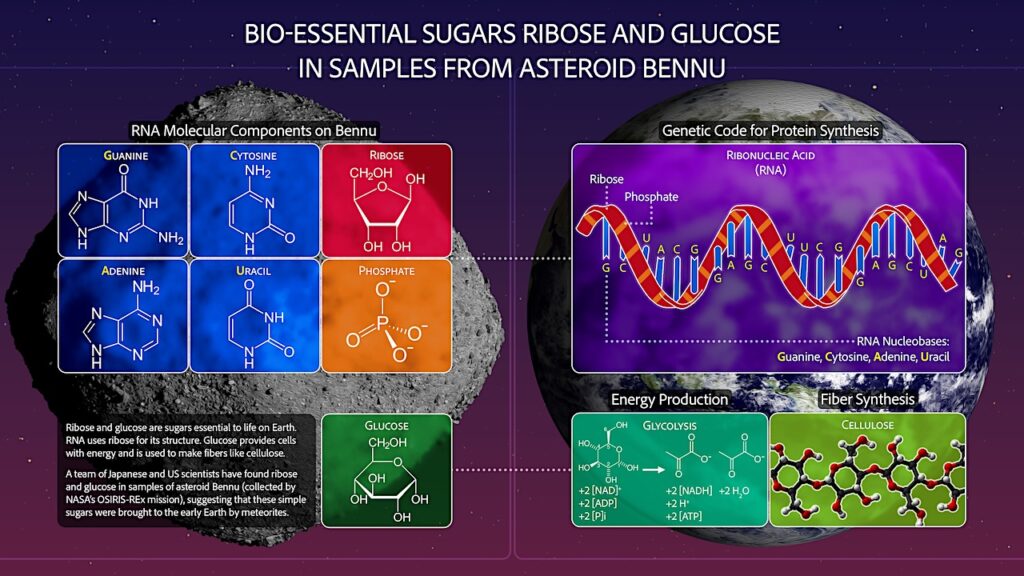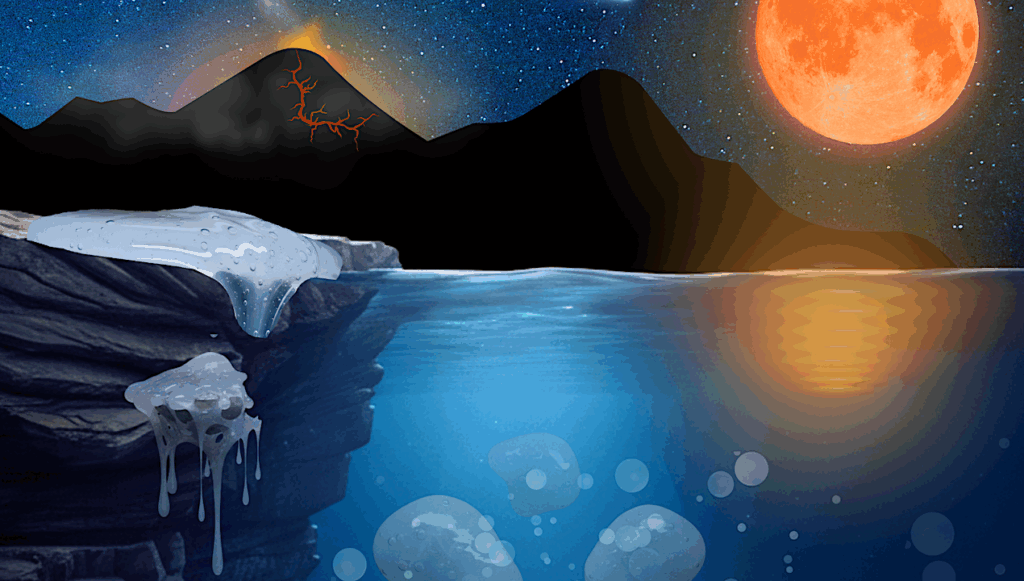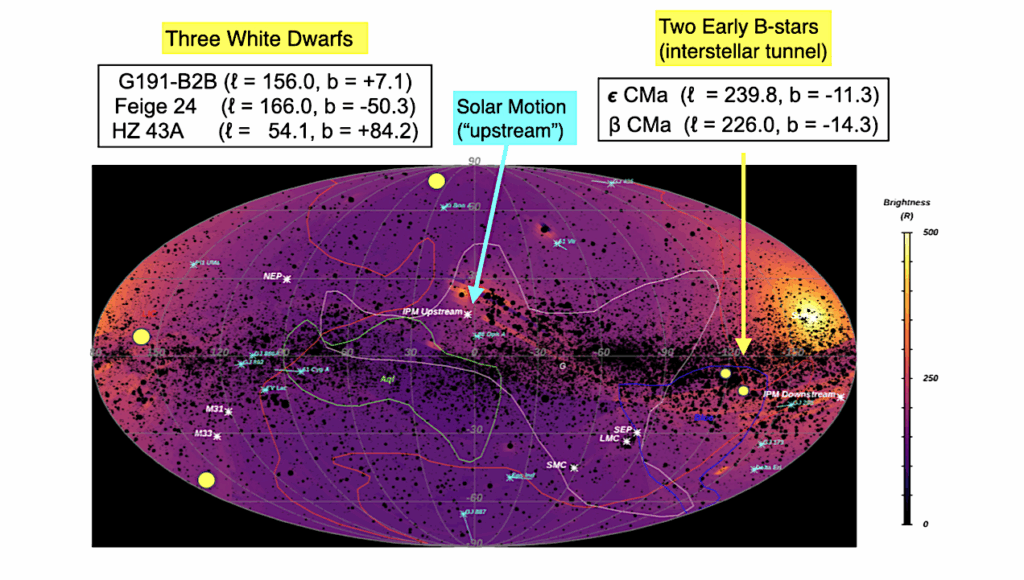Prospects For The Crossing By Earth Of Comet C/2023 A3 Tsuchinshan-ATLAS’s Ion Tail

The Earth will pass approximately downstream of the previous position of comet C/2023 A3 (Tsuchinshan-ATLAS) during 2024 October 10-13.
We predict that spacecraft at the Sun-Earth Lagrange Point 1, L1, have a significant likelihood to detect pickup ions from the comet, as well as changes in the solar wind associated with the crossing of the comet’s ion tail.
Given the Earth’s magnetosphere is also likely to cross the ion tail, it is possible that geomagnetic signatures associated with this will be observed by spacecraft within the magnetosphere and possible at ground-based magnetometers, as observed during Comet 1P/Halley’s apparition in 1910.

(TOP) Impact parameters plotted for Earth and comet C/2023 A3 (TsuchinshanATLAS) for purely radial solar wind velocities 200, 450, and 900 km/s. In this case, slower solar wind speeds appear to increase the likelihood of a tail encounter. (BOTTOM) Relative positions of the Earth, Sun, and C/2023 A3, in a frame where the Sun-Earth line is fixed. The plane represents that of the ecliptic, with grid lines spaced at 0.1 AU. The comet’s position is shown every 6 hours, with legs showing its 3D position relative to the ecliptic plane – orange when south of the ecliptic, red when north. Also shown in blue is the ion tail profile simulated for 2024 October 13 at 10:00 UTC, for a radial solar wind flow of 300 km−1 . Under these circumstances, the ion tail axis would pass slightly north of Earth. — astro-ph.EP
Samuel R Grant, Geraint H Jones
Subjects: Earth and Planetary Astrophysics (astro-ph.EP)
Cite as: arXiv:2410.05012 [astro-ph.EP] (or arXiv:2410.05012v1 [astro-ph.EP] for this version)
https://doi.org/10.48550/arXiv.2410.05012
Focus to learn more
Submission history
From: Samuel Grant
[v1] Mon, 7 Oct 2024 13:12:31 UTC (329 KB)
https://arxiv.org/abs/2410.05012
Astrobiology








